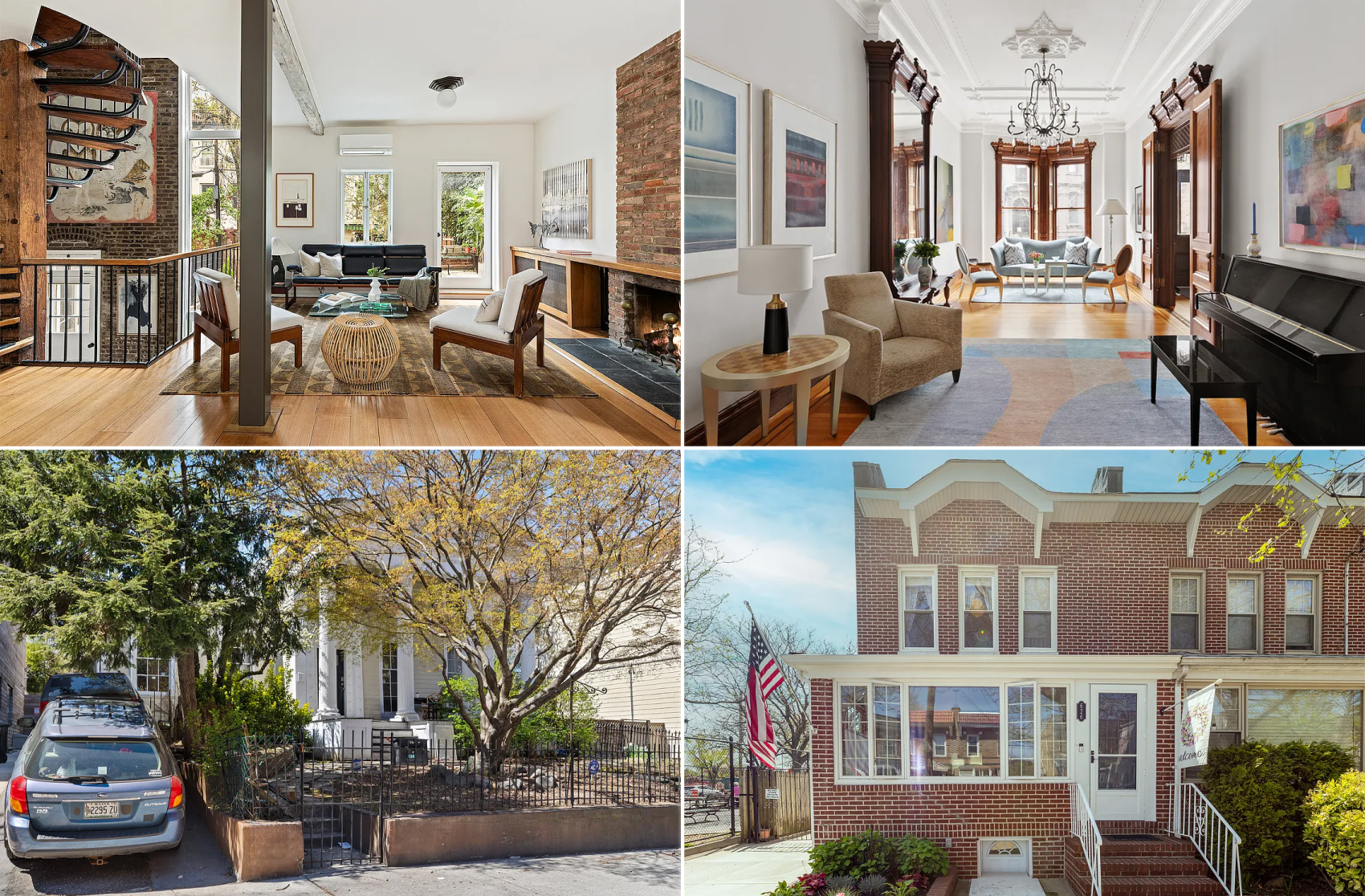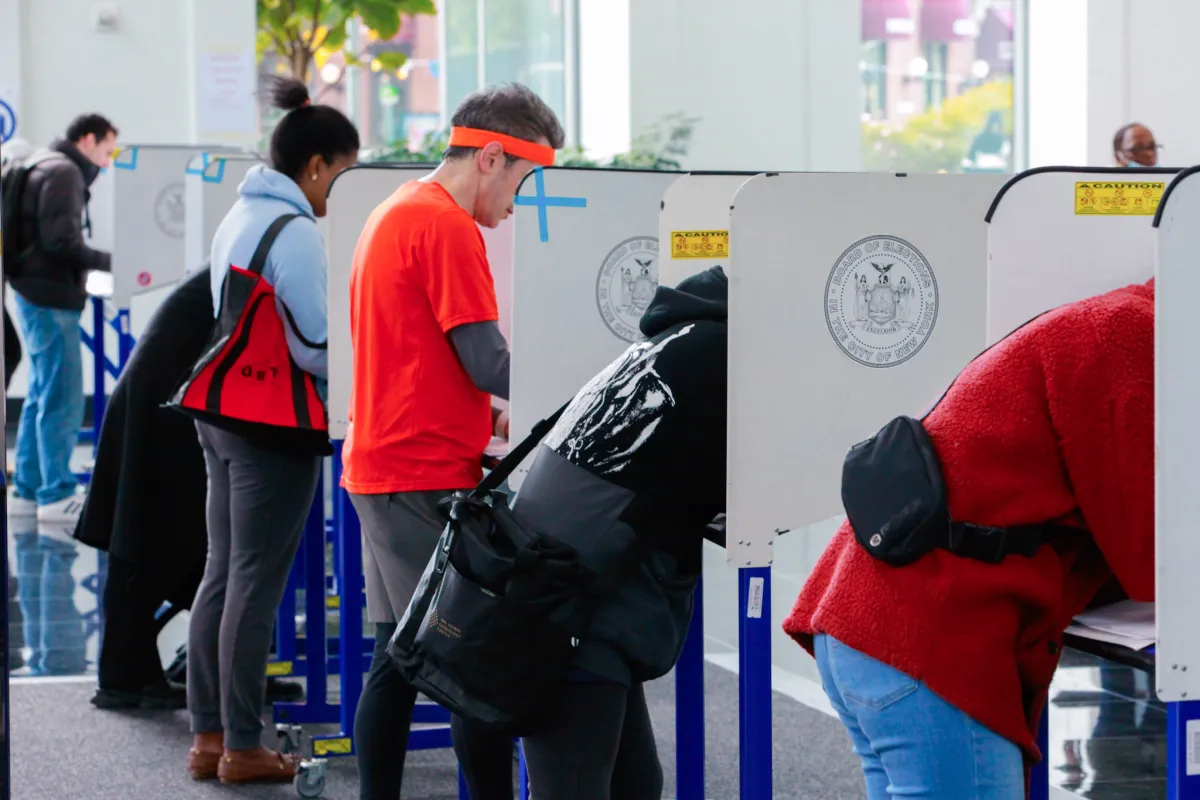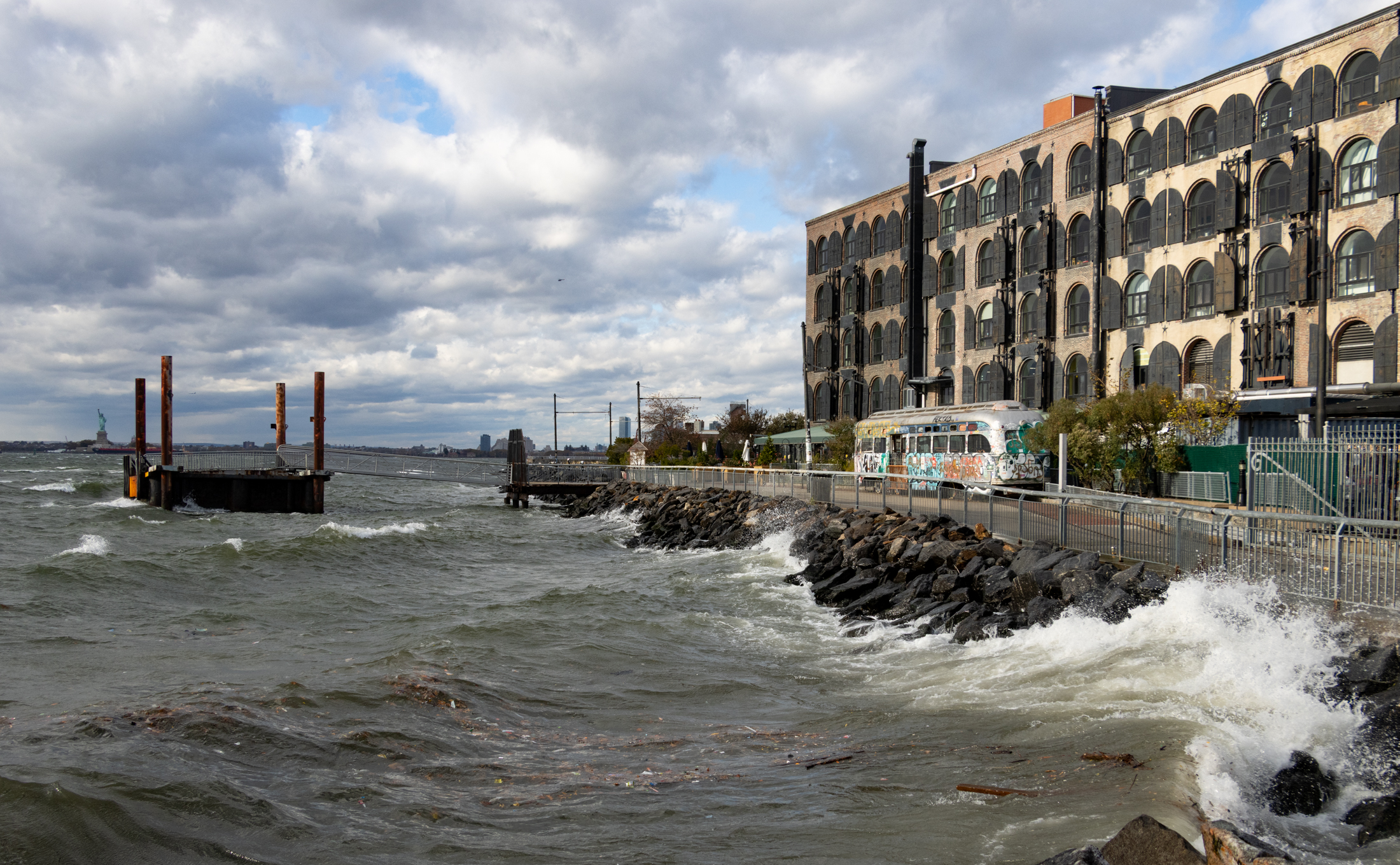Can Ditmas Park Save The Middle Class?
Despite tremendous quality-of-life gains, more residents left New York City in 2006 than in 1993. (Brooklyn was the one borough that bucked that trend.) The main reason, says an article from the American Enterprise Institute, is the the rising cost of living for middle-class families. In fact, New York now has the lowest rate of…

 Despite tremendous quality-of-life gains, more residents left New York City in 2006 than in 1993. (Brooklyn was the one borough that bucked that trend.) The main reason, says an article from the American Enterprise Institute, is the the rising cost of living for middle-class families. In fact, New York now has the lowest rate of middle-income families of any city; and, except for Los Angeles, it also has the smallest percentage of middle-income neighborhoods. One exception—and a model for the future—is Ditmas Park:
Despite tremendous quality-of-life gains, more residents left New York City in 2006 than in 1993. (Brooklyn was the one borough that bucked that trend.) The main reason, says an article from the American Enterprise Institute, is the the rising cost of living for middle-class families. In fact, New York now has the lowest rate of middle-income families of any city; and, except for Los Angeles, it also has the smallest percentage of middle-income neighborhoods. One exception—and a model for the future—is Ditmas Park:
The ‘place’ Ellen and Joe looked for was not just a physical location but something less tangible: a sense of community and a neighborhood to raise their hoped-for children. Although they considered suburban locations, as most families do, ultimately they chose the Ditmas Park neighborhood of Brooklyn, where Joe had grown up. At first, this seemed a risky choice. While Joe was growing up in the 1980s, the neighborhood—a mixture of Victorian homes and modest apartments—had become crime-infested. The old families were moving out, and newer ones were not replacing them. Yet Joe’s Mom still lived there, and they liked the idea of having grandma around for their planned-for family.
Politicians genuflect to the idea of maintaining a middle class, yet their actions suggest otherwise. In a city that has been losing middle-class families for generations, the resurgence of places like Ditmas Park represents a welcome change. In recent years, child-friendly restaurants and shops have started up along once-decayed Cortelyou Road. More important, some local elementary schools have shown marked improvement, with an increase in parental involvement and new facilities. Even in hard economic times, the area has become a beacon to New York families, as well as singles seeking a community where they will put down long-term roots. There’s an attempt in this neighborhood to break down the city feel and to see this more as a kind of a small town, notes Ellen. It may be in the city, but it’s a community unto itself, a place where you can stay and raise your children.
If cities like New York want to nurture their middle-class populations, the article suggests, they will need to shift their priorities away from “subsidizing developers for luxury mega-developments, new museums, or performing arts centers” and instead focus on “those things critical to the middle class such as maintaining relatively low density work areas and shopping streets, new schools, and parks.” In our opinion, at the end of the day, it’s all about the schools.
The Luxury City vs. the Middle Class [The American]





I’ve lived in the Prospect Park South since the late 60’s, and it was always considered a middle class area. It all depends on perspective. But if you look at the tax rates that people pay in this state compared with other states, yes, 150-200K is middel class, when your take home is half of those amounts. Add in the higher rates for all utilities and cable, and the ridiculous places we are forced to grocery shop, it is not rich for city standards. Same think in LA, Boston and the like.
children are CRAZY expensive Rob. my one kid has raised our overhead about $4500+ a month (bigger mortgage for bigger place, food/clothes and childcare). if both parents work, you still have babysitting even if your kid goes to public school. of course little ones go to preschools which cost tons when put on top of the babysitting.
i guess we could have stayed in our smaller place, but it was pretty difficult every single day.
i do agree with rob about lack of diversity everywhere. it’s more diverse in the city probably, but still likes hang with likes. you have to try to get out of your own circle which i am extremely committed to. we have a group of black friends where we are the only white people. My kid takes an ongoing series of classes that 50% white/black, and my kid goes to a primarily hispanic catholic school, so i do think that our particular experience as a family is pretty diverse on a daily basis. but, that’s after moving out of park slope.
ps is as white as it gets and very generic in every way. i grew up in a suburb that was right next to a small city, in a beautiful house on a boulevard street with a mix of houses, some very old, that was not remotely cookie cutter. because we were so close to the city, we ate at great restaurants, went to excellent music venues as teenagers and went to the museums all the time. no way that a kid in PS has a guaranteed more diverse or interesting experience. it’s just the suburbs of NYC that are so frickin far that it’s a drag to get in and out of the city that people don’t want to move out there.
Good point Hipster. And I’ll bet you can find some fifi wine bars if you look around.
not only codswallop, but completely and utter poppycock.
maybe a middle class polygamous family with a doctor husband and 5 full time working wives with no children, then yes, it’s afford to the middle income.
*rob*
most of the cities in the US have less density in their most dense areas than brooklyn does in its least dense areas. Suburbs or not its more dense than the majority of cities.
also pitbullnyc to some how convince yourself that only white people frequent 5th ave resturants is silly.
Chicken – what I find interesting is that “working class” isn’t really a term people embrace here. It seems everyone is middle class. Or Rich. Or poor. Or even “working poor”. It’s as though part of the ’50s comformist swizz was creating this mirage of all-encompassing middleclass-ness.
Hmmm. Maybe the whole urban/suburban distinction is all relative. My coworker lives up near Columbus Circle and says he’s always regarded the Village and other nabes in lower Manhattan as “suburbs”.
“This reaction surprises me. When I think of the suburbs, I think of repetitious, cookie cutter housing, strip malls, a general lack of cultural diversity, lack of good public transportation, etc”
You haven’t been to enough suburbs. There’s some beautiful areas of Westchester and Long Island with gorgeous, old architecturally significant houses. Oh – and the suburbs have much better schools. Sure, they lack culture and fifi wine bars, but to say that there aren’t amazing houses there is silly.
So, from the income medians stated here, the idea that Ditmas Park is affordable for NY middle income families is codswallop.